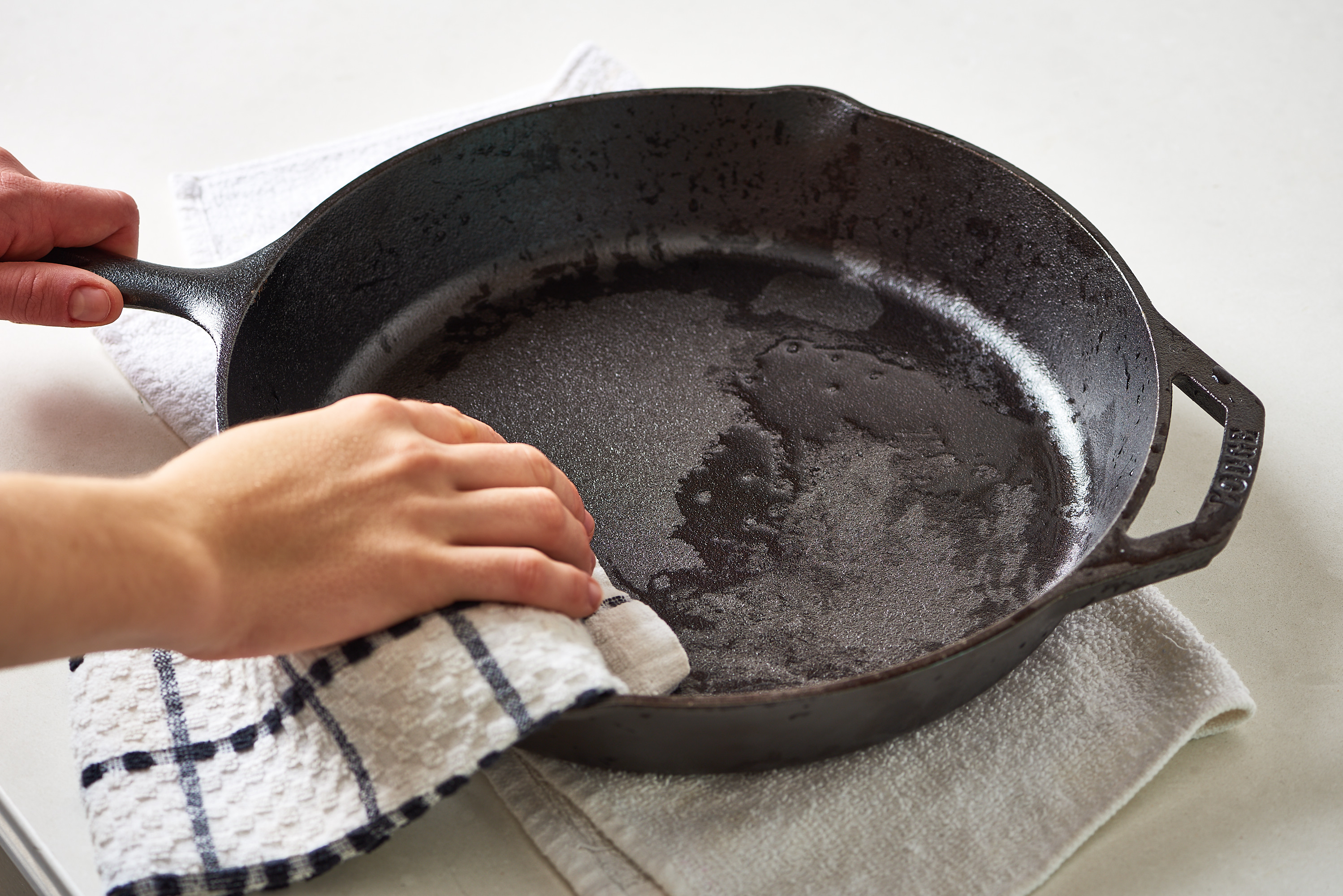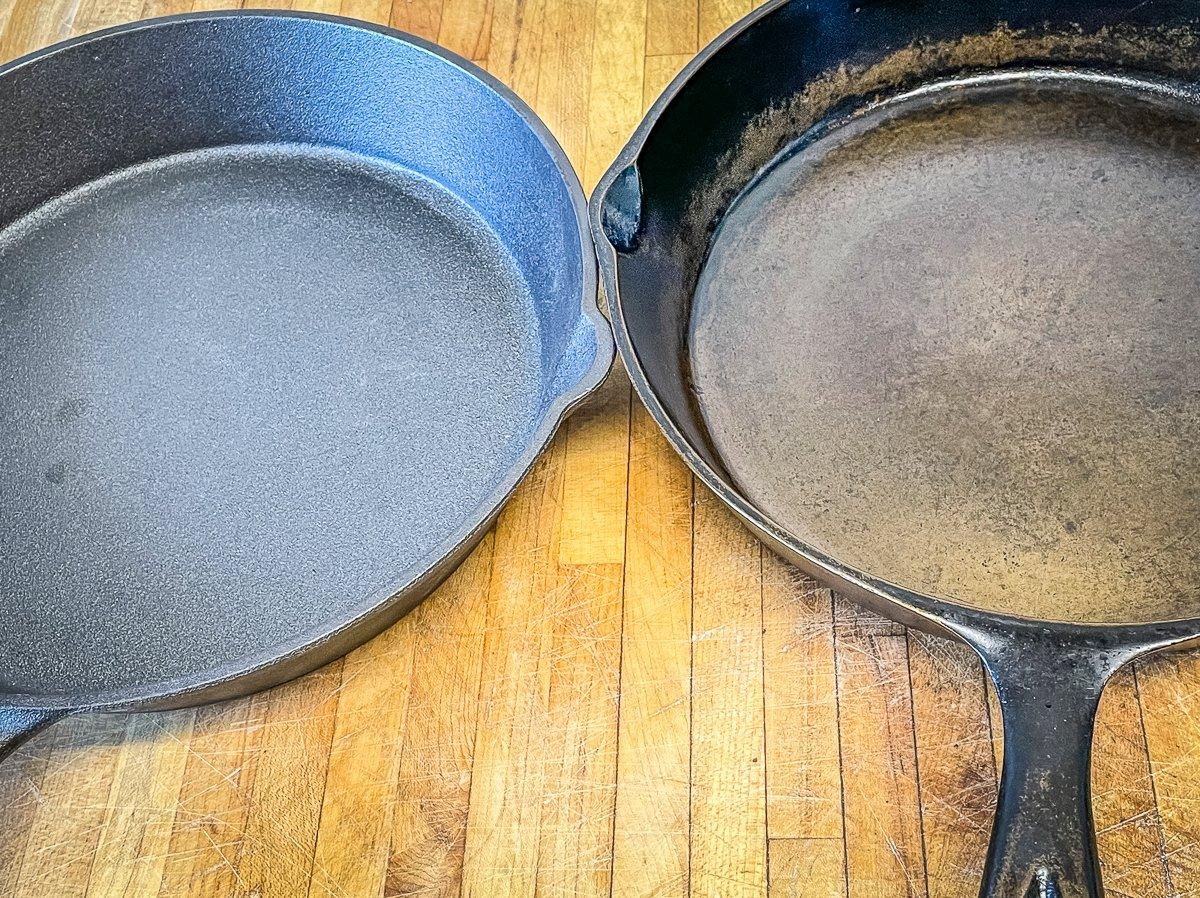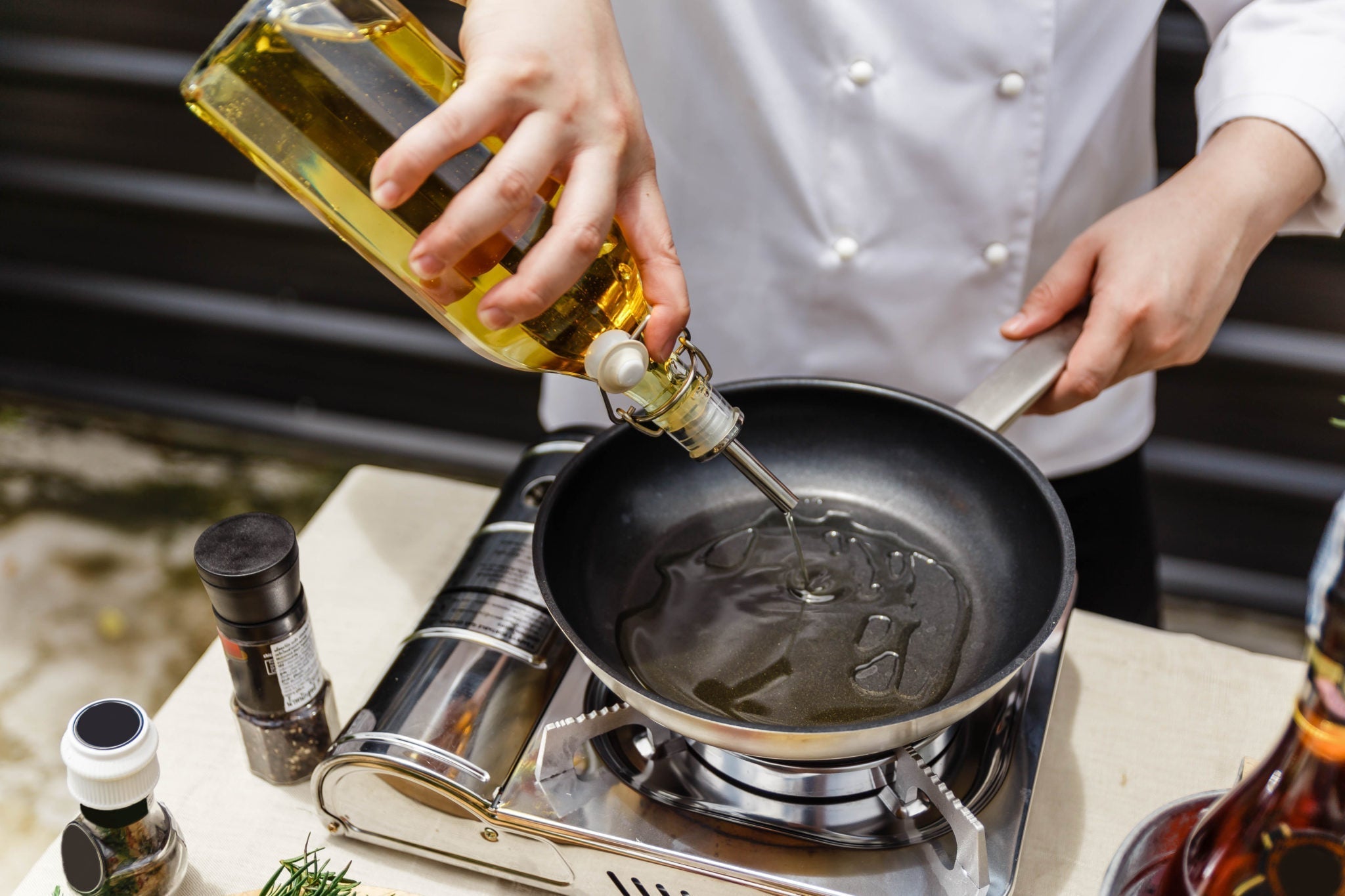When it comes to cooking with cast iron, one of the first questions every kitchen professional faces is: how much oil to use when seasoning cast iron? The process of seasoning not only enhances the non-stick properties of a cast iron skillet but also protects it from rust. Yet, the quantity of oil used can often be a significant factor determining the skillet's performance.
This guide is designed specifically for kitchen professionals who wish to deepen their knowledge of cast iron care and maintenance. By understanding the nuances of seasoning, we can ensure our cast iron pans serve us well in the kitchen for years to come.
:max_bytes(150000):strip_icc()/GettyImages-614986450-2000-f7ac499e535845c2903ff48843e0b142.jpg)
Understanding the Seasoning Process
Seasoning cast iron involves applying a thin layer of oil to the pan's surface and heating it to create a polymerized coating. This forms a protective barrier against moisture and food residues, ultimately improving the cooking experience. To successfully achieve this, knowing how much oil to use is crucial.
Here are the key steps in the seasoning process:
- Clean the cast iron skillet thoroughly.
- Apply the oil in a thin layer.
- Heat the skillet to allow the oil to polymerize.
Using too much oil can result in a sticky surface, while using too little can lead to inadequate protection against rust and wear.
Choosing the Right Oil for Seasoning
Not all oils are suitable for seasoning cast iron. Kitchen professionals should be aware that oils with high smoke points are ideal for this purpose. Here are some common choices:
- Flaxseed Oil: Known for its excellent polymerization properties.
- Grapeseed Oil: A versatile oil with a high smoke point.
- Canola Oil: Affordable and readily available option.
- Vegetable Oil: Commonly used, but ensure it's refined.
Understanding the smoke points helps in making an informed decision when selecting the right oil for your seasoning needs.
How Much Oil Should You Use?
So, how much oil to use when seasoning cast iron? The answer lies in the right balance. For a typical 10-inch skillet, you generally need around 1 tablespoon of oil. The important part is to apply it in a thin, even layer. A heavier application will result in a sticky finish.
Heres how to go about it:
- Dispense 1 tablespoon of oil onto the skillet.
- Use a clean paper towel to spread the oil, ensuring every part of the surface is covered.
- Wipe away any excess oil, leaving a very thin layer.
This technique ensures that the skillet gets seasoned effectively without the sticky residue.
The Heating Process
Once the oil is applied properly, it is essential to heat the cast iron to allow the oil to polymerize. Preheat your oven to 375F (190C) and place the skillet upside down on the top rack. It is advisable to place a baking sheet under it to catch any drips. Bake for about an hour, and then turn off the oven and let the skillet cool inside.
This heating process is crucial, as it allows the oil to bond with the iron, creating a durable, non-stick surface.
Maintaining Your Seasoned Cast Iron
After you have seasoned your cast iron, maintaining it is key to ensuring its longevity and performance. Simple practices are beneficial:
- Avoid soaking your cast iron in water to prevent rust.
- Use a non-reactive sponge for cleaning after use.
- Reapply a thin layer of oil after each use to maintain the seasoning.
Regular maintenance helps to keep the seasoning intact and ensures that your skillet remains in excellent cooking condition.
Common Mistakes in Seasoning
There are a few mistakes that professionals should avoid when seasoning cast iron:
- Over oiling: Too much oil can cause stickiness.
- Inconsistent heat: Ensure even heating to avoid uneven seasoning.
- Neglecting to clean: Proper cleaning is essential before seasoning.
Being aware of these pitfalls will help you achieve the best results.
Resources for Further Reading
If you want to dive deeper into seasoning and maintaining your cast iron, be sure to check out these articles:

FAQs
1. Can I use olive oil for seasoning?
While olive oil can be used, it generally has a lower smoke point, which might make it less ideal than oils like flaxseed or grapeseed.
2. How often should I season my cast iron?
It depends on usage, but as a rule of thumb, seasoning after every few uses should suffice.
3. What should I do if my cast iron skillet is sticky?
If your skillet is sticky, it indicates an excess of oil. You can strip the seasoning and start anew by cleaning and reseasoning correctly.
As an Amazon Associate, I earn from qualifying purchases.






Leave a comment
This site is protected by hCaptcha and the hCaptcha Privacy Policy and Terms of Service apply.